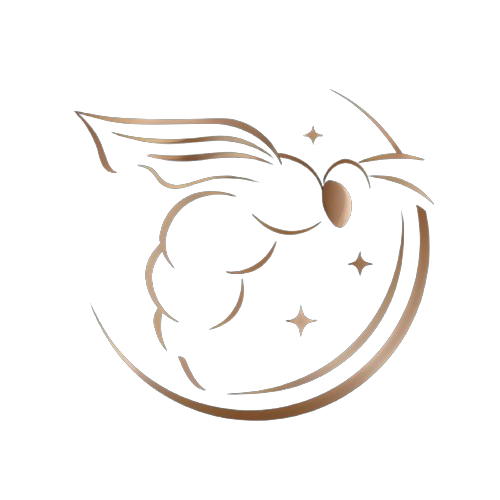Winery Overview & History
Château Latour, located in the Pauillac appellation of Bordeaux’s Médoc region, is one of the most renowned First Growth estates in the world. Revered as one of “the most prestigious châteaux on earth,” it has long symbolized power, precision, and longevity in fine wine.
The estate’s name, Latour, meaning “the tower” in French, comes from a fortress that once stood nearby in the 15th century known as the “Saint-Maubert Tower.” Although the original tower no longer exists, the round white tower built between 1620 and 1630 within the vineyards has become Château Latour’s iconic symbol, gracing its labels for over three centuries.
Historical records of Château Latour date back to the 14th century, though it became a true vineyard estate in the 17th century when the land was purchased by the private secretary of King Louis XIV. Through marriage, the estate eventually came under the control of the Ségur family—owners of other great châteaux such as Lafite, Mouton, and Calon-Ségur. Under the “Prince of Vines” Alexandre de Ségur, Château Latour’s reputation flourished, securing its place among Bordeaux’s elite.
By the 18th century, Château Latour had gained international acclaim. Its wines were prized not only by French nobility but also by figures such as U.S. President Thomas Jefferson. In 1855, Latour was officially classified as a Premier Grand Cru Classé (First Growth). Its proximity to the Gironde estuary and its unique gravelly soils contributed to wines of remarkable structure and aging potential.
Vineyard Location & Terroir
Château Latour is situated about 40 km northwest of Bordeaux, in the southern part of Pauillac, near the village of Saint-Lambert. Its vineyards overlook the Gironde estuary, benefiting from the region’s famous saying: “Only those who see the river can make great wine.”
The estate covers approximately 79 hectares (197.7 acres), with about 47 hectares dedicated to producing the Grand Vin de Château Latour. The terrain consists of classic Médoc gravel soils mixed with clay and sand, resting 15 meters above sea level, providing excellent drainage and mineral complexity. The subsoils of clay and limestone offer water retention that sustains the vines even during dry summers.
The vineyard is planted primarily with Cabernet Sauvignon (75%), complemented by Merlot (20%), Cabernet Franc (5%), and a touch of Petit Verdot (1%). The vines average 35 years of age, and older parcels are meticulously replanted only when necessary to maintain vineyard vitality.
Grape Varieties & Wine Style
Château Latour’s wines are known for their immense concentration, depth, and structure. Cabernet Sauvignon forms the backbone, offering power and longevity, while Merlot brings roundness and finesse. The resulting wines display aromas of blackcurrant, graphite, cedar, and truffle, with a palate that evolves gracefully over decades.
Latour wines are celebrated for their balance of strength and refinement—often described as masculine yet elegant, with layers of flavor that unfold with age. High-quality fruit, precise viticulture, and Pauillac’s distinctive terroir combine to produce wines of unrivaled character.
Signature Wines
- Grand Vin de Château Latour – The flagship wine, crafted from the oldest vines in the Enclos vineyard. It represents about 25% of total production and is known for its density, structure, and exceptional aging potential.
- Les Forts de Latour – The second wine, first introduced in the 1960s, made from selected plots and younger vines. It offers a rich yet approachable style and matures beautifully after 7–8 years.
- Pauillac de Château Latour – The third wine, released for earlier enjoyment, reflecting the estate’s craftsmanship in a more accessible form.
Outstanding vintages include 1949, 1959, 1961, 1966, 1970, 1975, 1982, 1990, 1994, 1995, and more recent standouts such as 2003, 2009, and 2010.
Winemaking & Cellar Practices
Château Latour’s winemaking philosophy combines tradition with innovation. Grapes are hand-harvested, sorted, and fermented in temperature-controlled stainless steel tanks. The wine undergoes malolactic fermentation before aging in 100% new French oak barrels for up to 18 months.
Under the guidance of technical director Jean-Paul Gardère, Latour has pioneered controlled fermentation methods and meticulous barrel selection. Each vintage undergoes racking, blending, and tasting sessions to ensure only the finest lots become part of the Grand Vin. The total production averages around 320,000 bottles annually.
Since 2012, Château Latour has adopted a unique release policy, selling its wines only when deemed “ready to drink.” This approach ensures that bottles reaching the market—typically after 10–15 years of cellaring—reflect the estate’s commitment to quality and maturity.
Visitor & Contact Information
Address: Saint-Lambert, 33250 Pauillac, France
Phone: +33 5 56 73 19 80
Fax: +33 5 56 73 19 81
Website: www.chateau-latour.com
Email: s.favreau@chateau-latour.com
Visiting: By appointment only
* Photo Courtesy of Wikipedia
